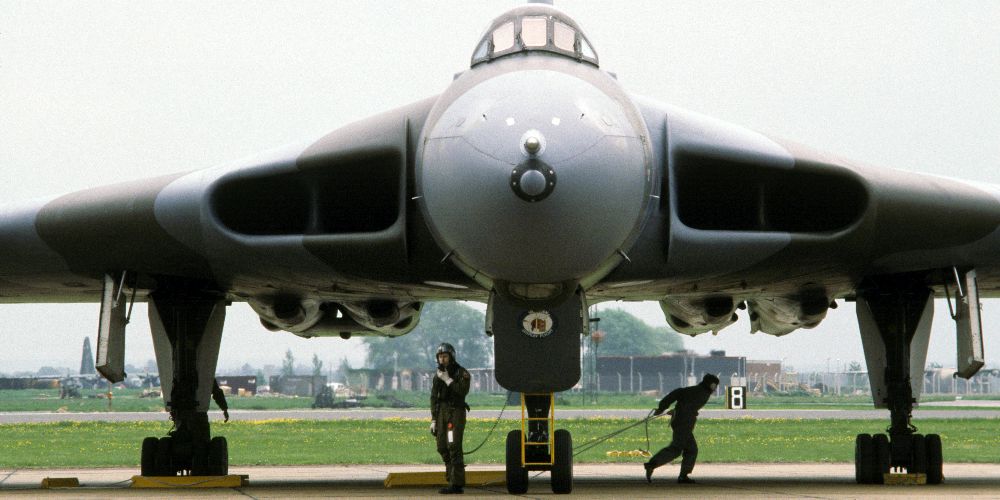The Royal Academy of Engineering and the Royal Air Force have teamed up to bring 100 years of RAF engineering marvels to life in classrooms across the UK with an exciting new RAF Centenary ‘Aiming for Awesome’ teaching resource for primary schools.
Education teams from both organisations have combined their expertise to create 10 different STEM challenges for teachers to set for school children this year. The challenges reflect some of the key engineering innovations that have enabled the RAF to shape the modern world and protect UK skies for 100 years:
- Aircraft design – explore the forces acting on an aircraft during flight
- Radar – design and build a radar tower
- Speed record – explore the maths and science of calculating speed before investigating vortices created by wing tips
- Ejector seats – explore the impact of ejecting from an aircraft on the human body
- Code breaking – make a code wheel and explore the maths behind code breaking
- Satellite age – use scientific investigation to learn how the law of reflection is used in a satellite receiver
- Disaster relief – design and make a lander for aid delivered by aircraft
- Logistics challenge – use maths to work out how to pack an aircraft effectively
- Remotely piloted air systems – use computing and maths skills to create an automated flight plan
- Stealth – investigate the impact of STEM on the development of stealth vehicles
This series of special RAF100 teaching resources have been developed for delivery into primary schools. The boxes are linked to the national curriculum to target the end of Key Stage Two (primary) and the start of Key Stage Three (secondary). They are specifically designed to provide resources not typically available in school in order to open up the world of engineering experimentation to more students. The boxes are being made available to schools free of charge, and teachers also receive a short training session to learn how make the most of the contents.
Lynda Mann, Head of Education Programmes at the Royal Academy of Engineering, said:
‘The Academy has a long-term commitment to making STEM education more engaging and fun and what could be more exciting than bringing RAF engineering to life in the classroom? This is the latest in a series of education boxes that we have designed and the most we have ever produced. We will send 1,000 of them out to primary schools across the UK this year.’
Air Vice-Marshal Sue Gray, Air Officer Commanding Number 38 Group and head of the RAF’s Engineer branch, said:
‘I am delighted that we have partnered with the Royal Academy of Engineering as part of our expanded youth programme for RAF100. These exciting STEM resources will deliver free and curriculum-based education in schools across the UK. This is one of the many initiatives where we are working with partner organisations to address the engineering skills shortage; helping to benefit our economy by inspiring the next generation of innovators.’
This project is part of the RAF100 Youth & STEM programme. To demonstrate the RAF’s commitment to use its centenary to inspire the next generation, the expanded youth engagement programme aims to reach up to two million students, aged 9 to 15, to build interest in science, technology, engineering, mathematics (STEM) careers.
In addition, a set of six posters have been developed for distribution to schools around the country. The posters provide an insight into some of the technology used within the RAF, some of the key functions carried out by the RAF in terms of disaster relief and include stories about RAF personnel.
The Aiming for Awesome education resources will be distributed through the Royal Academy of Engineering and Royal Air Force networks of teachers across the UK and will include training as well as lesson plans and materials. Teachers can register interest in receiving free training and resources here: www.raeng.org.uk/RAF100.
For more information please contact:
Victoria Runcie at the Royal Academy of Engineering
Tel: 020 7766 0620
Email: Victoria.Runcie@raeng.org.uk

